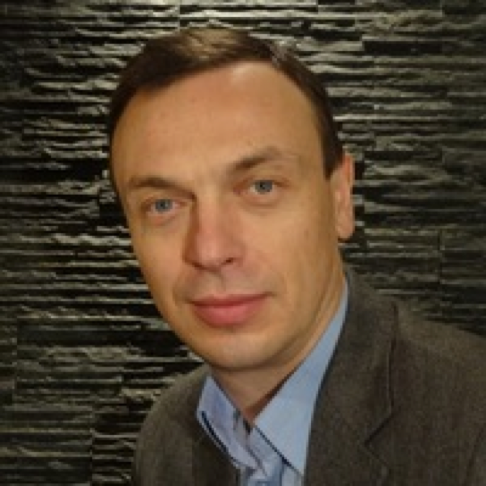The Center's Science for Art Fall 2018 Speaker Series welcomes Dr. Łukasz Bratasz on November 2nd for his talk "Understanding paintings' (lack-of) vulnerability to environmental variations"
The Center's Science for Art Fall 2018 Speaker Series Welcomes Dr. Łukasz Bratasz on November 2nd for his talk "Understanding paintings' (lack-of) vulnerability to environmental variations."
for his talk "Understanding paintings' (lack-of) vulnerability to environmental variations."
Join us for a lecture and discussion on the process of cracks saturation fundamental to understanding why panel paintings survived remarkably well in uncontrolled environments of historic houses or places of worship for several centuries. The process of cracks formation was analyzed using computer simulation supported by experimental determination of relevant mechanical properties.
Łukasz Bratasz is Professor at the Haber Institute of Polish Academy of Sciences.
Talk Details:
Friday, November 2nd, 12-1pmCook Hall – Cook 2058
2220 Campus Drive
Evanston, IL, 60208
Full Abstract:
Understanding paintings' (lack-of) vulnerability to environmental variations
Dr. Łukasz Bratasz, Haber Institute of Polish Academy of Sciences
Relative humidity (RH) variations were recognized as one of the main causes of the mechanical damage to works of art, especially panel paintings. Implementation of active climate control based on stringent environmental specifications has been a frequent preventive conservation measure adopted in museums imposing significant financial, operational and environmental cost. Currently accepted environmental specifications were designed using results from mechanical tests on new or artificially aged materials subjected to RH variations, and crack initiation in undamaged material served as a selection criterion. However, mechanism of mechanical damage development in historic works of art with their accumulated damages and long environmental history can be only partially understood by studying undamaged mockups. This is especially true for panel paintings considered as one of the most vulnerable to humidity variation class of objects. Panel paintings frequently exhibit pronounced craquelure pattern generated by drying of the paint, mechanical impacts and environmental variations.
The presented paper analyzes the process of cracks saturation fundamental to understanding why panel paintings survived remarkably well in uncontrolled environments of historic houses or places of worship for several centuries. The process of cracks formation was analyzed using computer simulation supported by experimental determination of relevant mechanical properties. A double layer elastic model with fractured overlying paint layer containing both cracks and delaminations was subjected to uniaxial tension. Critical separation between cracks below which any new edge crack cannot grow was determined and compared with patterns observed in real paintings. Evaluation of propagation of micro-cracks imbedded in paint layer was analyzed based on estimation of normalized energy released rate.
In addition, generation and propagation of horizontal interlaminar cracks was studied to understand the effect of their propagation on saturation distance of vertical cracks as well as load carrying ability of paint layer. The contributing modes of crack propagation and their significance are also discussed for these two types of cracks. The impact of crack saturation on allowable range of relative humidity variation is also discussed.
About Dr. Bratasz:
Łukasz Bratasz graduated in physics from the Jagiellonian University in Krakow, Poland, in 1996, and received a PhD in 2002 from the same university. In the same year he joined the staff of the Institute of Catalysis and Surface Chemistry, Polish Academy of Sciences, Krakow. For many years he headed the Laboratory of Analysis and Non-Destructive Teting of Artefacts in the National Museum in Krakow. For more than three years, he was the head of the Sustainable Conservation Lab, at the Institute for the Preservation of Cultural Heritage, Yale University.
His research focuses on the response of materials to changes in environmental parameters, risk assessment, physical methods of non-invasive testing and monitoring of museum objects, modelling stresses and strains induced in materials by impact of environmental factors, environment in museums and historic buildings, impact of global climate change on cultural heritage, application of physical methods in practical protection of cultural heritage. He took part or coordinated 27 national and international research projects in the field of cultural heritage.
